By Adam Sanchez
In the midst of one of our country’s worst economic crises, a new president is elected because he promises hope and change. The outgoing president is despised as a shill for the wealthy. The incoming president has promised to clean up the economic mess: high unemployment, industry crippled by overproduction, vast inequalities of wealth that have resulted in a dangerous debt bubble, and a financial meltdown bankrupting some of the biggest banks. This was the United States in both 1932 and 2008. The similarities between Franklin Delano Roosevelt’s campaign promise of a “New Deal” and Barack Obama’s “change you can believe in” were too much for an astute observer of history and politics to ignore.
However one analyzes the impact of Roosevelt or Obama, it is clear that the Great Depression and the New Deal are vitally relevant to those grappling with today’s economic crisis.
Studying the 1930s would be especially pertinent to my diverse, largely poor and working-class students, whose families are still living with the effects of the 2007–08 meltdown. My goal was to get students to see the similarities and pinpoint differences between the two crises and the two presidents. I hoped they would question why Roosevelt’s presidency produced so many more and so much deeper structural reforms than Obama’s.
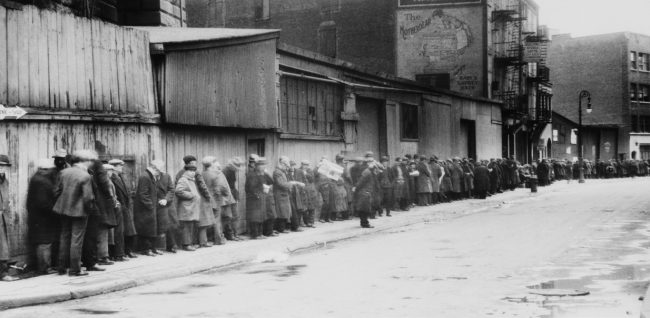
Breadline at McAuley Water Street Mission under Brooklyn Bridge, New York, circa 1930. Source: Library of Congress.
Did the differences indicate that FDR was a better politician? Was he more left-leaning than Obama and today’s Democratic Party? Or was the difference the result of massive pressure on Roosevelt from below — the strength of organized labor and other mass movements of the 1930s?
Exploring these questions requires delving into a people’s history of the Great Depression and the New Deal — one too often overlooked in the history textbooks.
The problem with focusing narrowly on the crash is that it locates the explanation for the crisis in the financial sector, implying that the financial sector is not itself intimately linked to the real, productive economy. This prevents students from understanding the root causes not only of the Great Depression, but any economic crisis.
To help students understand this concept, I created this simulation, which draws inspiration from Bill Bigelow’s Thingamabob Game simulating the relationship of capitalist production to the climate crisis. I thought that having a strong grasp of overproduction would help students understand what caused and continues to cause economic crises under capitalism, and also help them understand the early New Deal. After completing some background lessons on the labor movement and early struggles between workers and employers from The Power in Our Hands, we were ready to play the Widget Boom Game.
Widget Boom Game Lesson Objectives
• Students will better understand what caused the Great Depression — and other economic crises under capitalism
• Students will use their experiences during the simulation to predict possible solutions for economic crises
 This article was first published in Rethinking Schools magazine Volume 30, No. 1 in Fall 2015. Visit www.rethinkingschools.org to learn more and subscribe.
This article was first published in Rethinking Schools magazine Volume 30, No. 1 in Fall 2015. Visit www.rethinkingschools.org to learn more and subscribe.

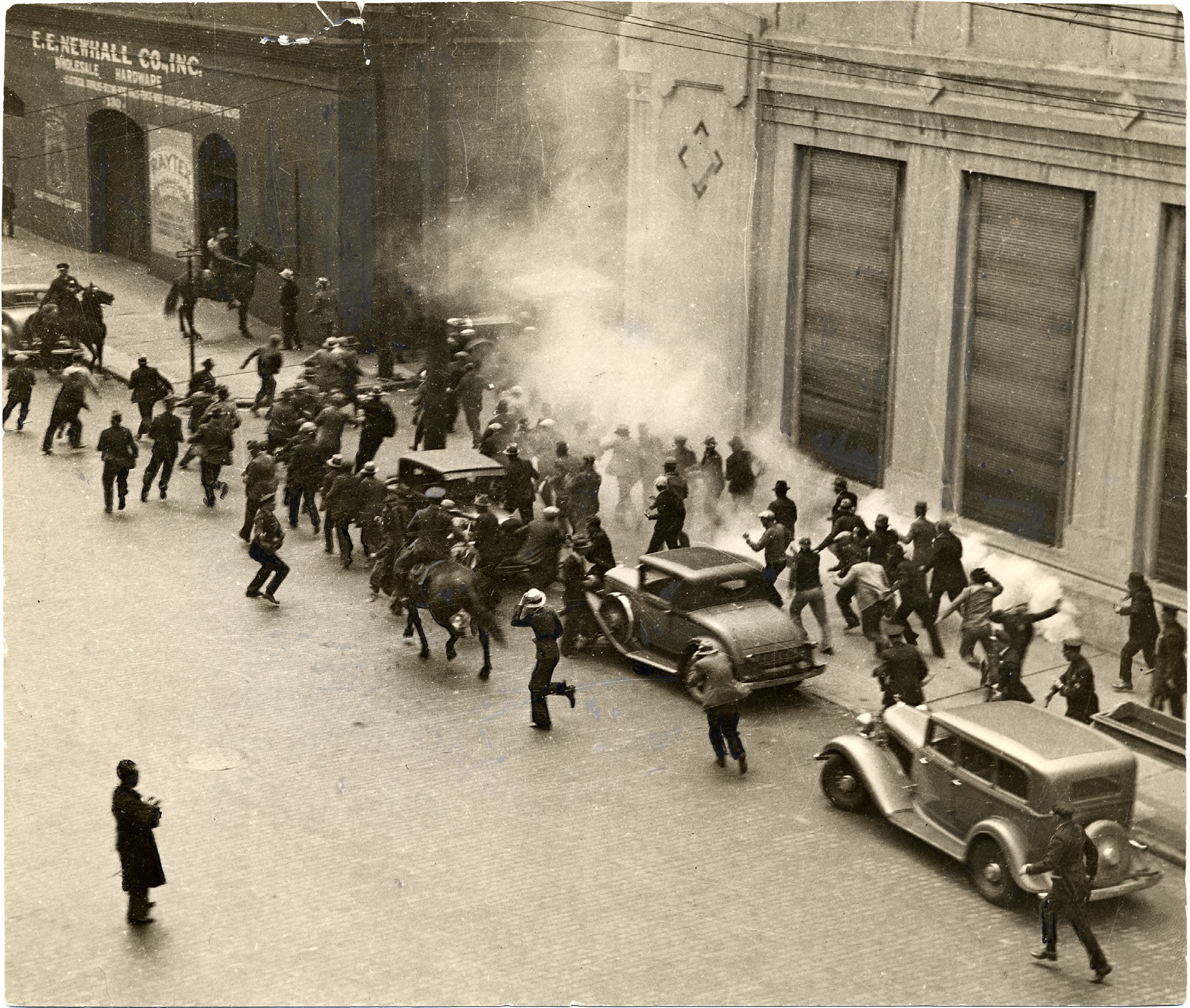
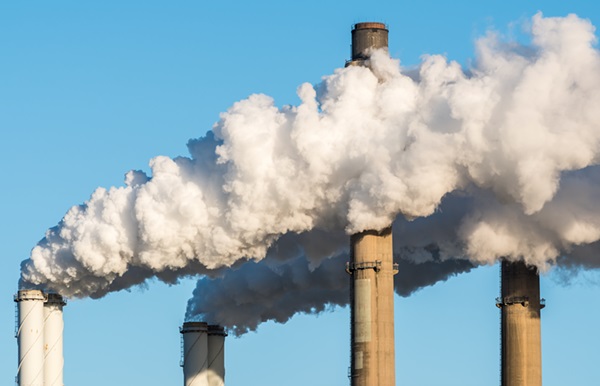

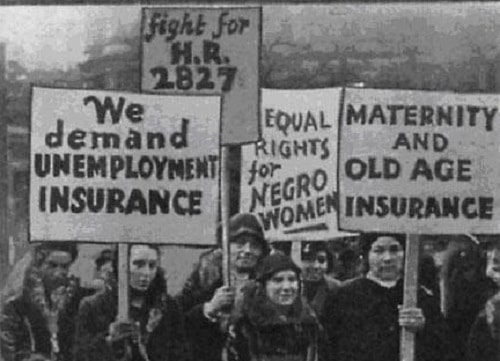
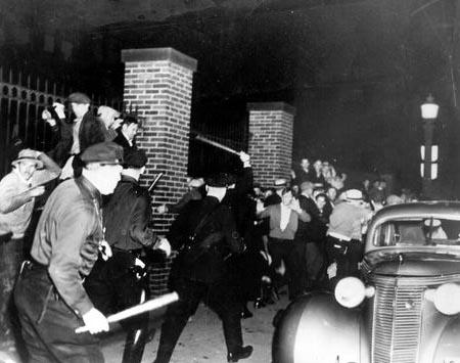






Twitter
Google plus
LinkedIn